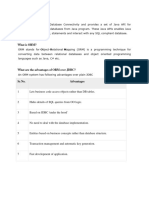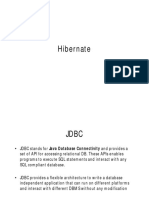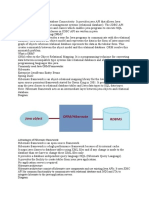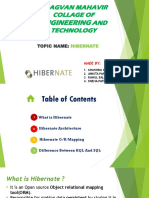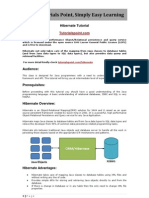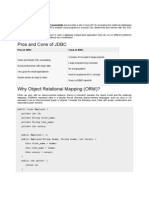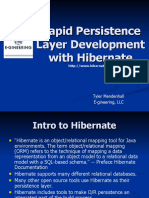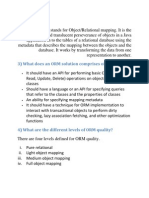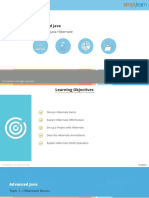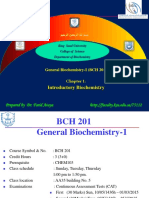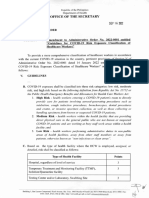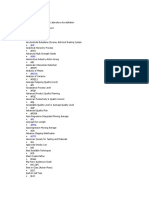0% found this document useful (0 votes)
15 views7 pages1 Hibernate
hib
Uploaded by
phase2training23Copyright
© © All Rights Reserved
We take content rights seriously. If you suspect this is your content, claim it here.
Available Formats
Download as PPT, PDF, TXT or read online on Scribd
0% found this document useful (0 votes)
15 views7 pages1 Hibernate
hib
Uploaded by
phase2training23Copyright
© © All Rights Reserved
We take content rights seriously. If you suspect this is your content, claim it here.
Available Formats
Download as PPT, PDF, TXT or read online on Scribd
/ 7





